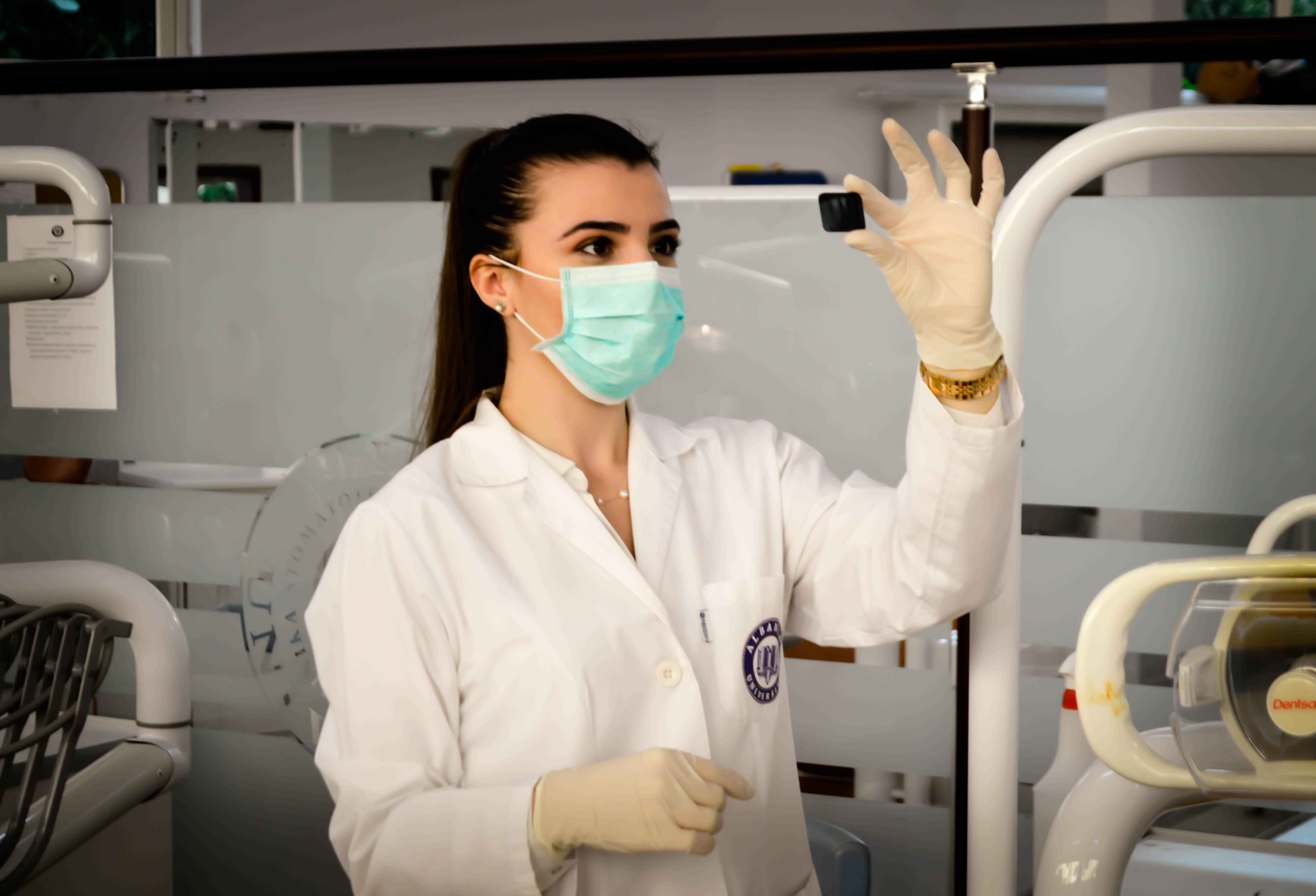Introduction:
Stroke and aneurysm are two different disorders that affect the brain. Although an aneurysm can cause a hemorrhagic stroke, both are different.
A stroke occurs when a blood vessel in the brain ruptures or the blood supply to the brain is blocked. Of all strokes, approximately 87 percent are ischemic strokes, making them the most common. A hemorrhage stroke occurs when blood from an artery bleeds into the brain.
An aneurysm results from a weak artery wall that may balloon and widen. An aneurysm can occur in the brain (cerebral aneurysm) or other body parts, such as the abdomen or heart. A brain aneurysm can result in a hemorrhagic stroke.
Symptoms of Hemorrhagic Stroke:
- Sudden and Severe Headache
- Difficulty in keeping balance
- Arms and legs start losing balance
- Dizziness
- Vision problems
- Difficulty in speaking
Symptoms of Aneurysm:
- Sudden Headache
- Weakness in the limbs
- Memory loss
- Blurred vision
- Seizure
- Drooping eyelid
- Nausea
- Vomiting
Causes of Stroke and aneurysm:
Ischemic stroke
The most frequent type of stroke is an ischemic stroke. It occurs when the artery in the brain or the artery that carries blood to the brain closes. A blockage may be a blood clot or narrowing of a vein due to the formation of plaque. It disrupts the blood supply to parts of the brain.
Hemorrhagic stroke
Hemorrhagic stroke is not related to artery obstruction. It is a case of bleeding in which a vein ruptures. The blood may stop flowing completely in that artery, or the blood flow may decrease as it travels through a new hole in the artery wall.
A hemorrhagic stroke may occur as a result of abnormal blood vessels. It is called arteriovenous malformation (AVM). These abnormal blood vessels can rupture and drain blood from the brain.
The most common cause of severe bleeding is a small artery rupture due to high blood pressure. A cerebral aneurysm may also cause it. The wall of the arteries becomes weak causing the aneurysm to rupture.
When blood flow to a specific brain area is disrupted, this condition is called a stroke.
Cerebral aneurysm
In addition to AVM, other genetic conditions, such as connective tissue disorders, can lead to an aneurysm in the brain.
High blood pressure and smoking both affect the blood vessels. In addition, atherosclerosis, infections, and trauma to the head, such as concussions, can also lead to an aneurysm.
Diagnosis of Stroke and Aneurysm:
Sharing the symptoms with your doctor and your medical history will help them diagnose the cause and decide the treatment.
CT scans and MRI scans can help your doctor diagnose an aneurysm or stroke. CT scans show the area of bleeding in the brain and areas of the brain that are affected by poor blood flow. MRI can create detailed images of the brain. In some cases, neurologists in Mumbai may prescribe both an MRI and a CT scan, as well as other tests.
Treatment for Ischemic stroke
If you have an ischemic stroke and can make it to the hospital within a few hours of symptoms, you may receive a tissue plasminogen activator (TPA) medication. This drug helps break up a clot. The doctor can also remove the clot from your blood vessel.
Treating Hemorrhagic stroke
You will be advised surgery to repair your damaged blood vessel for hemorrhagic stroke. Your physician may use a special clip to fix a part of a ruptured blood vessel. Open surgery, which involves making an incision in your head and treating the artery from the outside, can be used to do this.
Cerebral aneurysm
Your doctor may prescribe medicine to treat a tiny aneurysm that hasn’t ruptured while closely monitoring your approach. Images of the aneurysm will be taken periodically to make sure it hasn’t grown.
Outlook for stroke and hemorrhage:
- A fractured aneurysm is a life-threatening condition with high mortality rates. Most survivors of a broken aneurysm have lifelong consequences. Brain damage from bleeding cannot be repaired.
- Non-ruptured aneurysms may require treatment based on their size, location, and posture, as these factors determine the likelihood of an outbreak in the future.
- The perception of people with a stroke is very different. Ischemic stroke can be severe or mild. Some survivors of ischemic stroke have few symptoms of chronic pain. On the other hand, a severe hemorrhage can kill or leave a person with a mental or physical disability.
- The location of the stroke and the time elapsed before blood flow is restored make a difference in your recovery.
Conclusion:
Doctors say, “Time is the brain” when it comes to treating a patient with a stroke. Every second can mean the difference between life and death. It can be the difference between complete recovery and long-term disability.
If someone has an ischemic stroke, the neurologists in Mumbai may prescribe medication to help dissolve the clots or perform a thrombectomy to remove them.
Doctors may recommend surgery to repair damaged arteries in the event of a hemorrhage stroke.
If the aneurysm does not rupture, the treatment may involve medication and general imaging to ensure that the aneurysm has not grown. A ruptured aneurysm puts life at risk and requires urgent surgery.
Quitting smoking, eating a healthy diet, maintaining a healthy weight, exercising regularly, controlling high blood pressure, and taking medication as prescribed can help reduce the risk of stroke or aneurysm.
Also, check our other new blogs.



